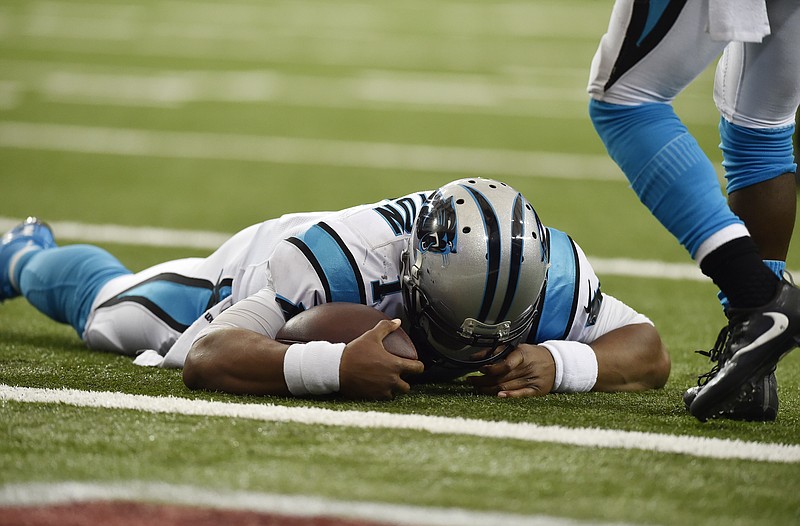View other columns by David Cook
A century or so ago, American football was quite different. Touchdowns counted 5 points. Field goals, 4. There was no such thing as a forward pass. Or helmets. Games were 70 minutes long. A first down came after five yards, not 10.
It was also a bloody mess. In the 1905 season, 19 college players died. More than 130 were injured. Football was a gang-tackling, pile-driving blend of rugby and military-esque strategy. In one game, a player was knocked unconscious, then later died. His replacement was kicked in the head, and he also died. Ribs pierced hearts. Blows crushed skulls. (See the rich "A Brief History of Football Head Injuries" on Chicagomag.com.)
The Chicago Tribune called the season a "death harvest." Editorialists drew cartoons of grim reapers hovering over the field. Colleges began suspending their football programs.
Something had to be done.
Encouraged by president Teddy Roosevelt, a group of sportsmen and university presidents met in New York City, and rewrote certain rules.
They made football safer.
In the 1906 season, the forward pass was legalized, creating the wide receiver position and opening up the field beyond the hulking mass of pile-on players. The flying wedge, a tackling strategy based on infantry formations, was outlawed. Play stopped when a player fell on the ball. (It hadn't always before). First downs now counted 10 yards. (Helmets, though, weren't introduced for years.)
The new rules worked. Injuries and deaths dropped, and the sport evolved.
Now, more than a century later, as traumatic brain injury (TBI) and concussions continue to wrack the sport, some say it's time to evolve again.
"Enough posturing," write authors of new column. "Proponents of the sport should do something boldly meaningful to prevent TBI."
In the Sept. 27 issue of the Journal of the American Medical Association, Dr. Paul Auerbach, a former team doctor and an emergency physician at Stanford University, and William Waggoner, a first vice president at Morgan Stanley and former coach and college player, propose a set of dramatic rule changes, all designed to reduce brain injuries.
Like this.
"There will be no down linemen in direct opposition at the line of scrimmage," they propose. "Any opposing linemen both need to be in an upright position."
In a 2015 study, researchers from the Department of Veterans Affairs and Boston University examined the brains of 165 high school, college and pro players, and found signs of chronic traumatic encephalopathy, the degenerative brain disease that stems from repeated head blows, like concussions and sub-concussive hits, in 79 percent.
Among the pros, it was 96 percent.
High school players suffer concussions at nearly twice the rate as college players, according to Frontline. (11.2 concussions suffered per every 10,000 games and practices, compared to 6.3) And those numbers are probably low, due to under-reporting.
"In its current configuration, football imposes an epidemic of TBI on its players," Auerbach and Waggoner claim.
Along with no more down linemen, they propose:
- No tackling an opponent using the top portion of the helmet.
First penalty? 15 yards from infraction and loss of down.
Second penalty?
"Ejection from that game and the next," they propose.
- No forearm blows or shivers.
- Players can only practice in full contact two days a week. During those days, the number of full contact plays are capped. "20 plays per player," they write.
- Any player with a suspected concussion is removed from play and practice for at least four weeks.
- Any coach who allows a concussed athlete to play or practice is suspended for the next three games.
"A repeat infraction during the same season will result in suspension of the coach for the reminder of the season," they suggest.
Auerbach and Waggoner also believe, as do other medical professionals, that full contact football should begin only at the high school level, not sooner.
Such ideas may seem a farce - just as in 1905 - yet football must evolve, once again, for the love and safety of its players.
"We predict that there will be fewer concussions," Auerbach and Waggoner write. "The fans who attend to observe this experiment will be rooting for the teams that preserve more players' brains."
David Cook writes a Sunday column and can be reached at dcook@timesfreepress.com or 423-757-6329. Follow him on Facebook at DavidCookTFP.

